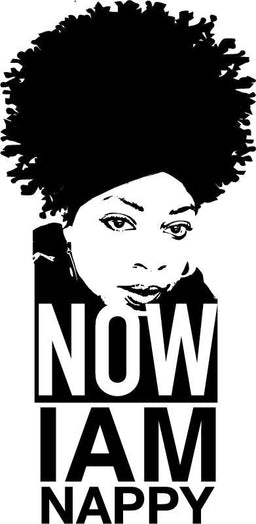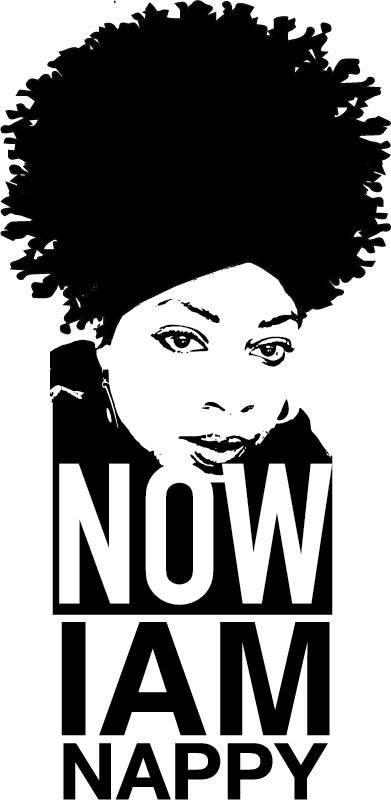“Hydrating” or “Moisturizing”- Those terms are often used interchangeably in regards to our hair products or the state of our hair. But are they really different and why does there seem to be some confusion regarding the difference? Well today lets talk about how each play an important in a healthy hair routine.

Whats the difference between hydrating and moisturizing?
According to the handbook of Cosmetic Science and Technology:
Hydrating substances are used in cosmetic products to reduce moisture loss from the product during use and to increase the moisture content in material that is in contact with the product (in this case our hair) handbook of cosmetic Science and technology.
Moisturizers are considered to be substances that actively impair the evaporation of water (prevent water loss) . So moisturizing the hair often involves the use of emollients like hydrophobic oils or butters that lock water content into the hair.
Simply put, hydrating ingredients bring or add water to your hair while moisturizing products lock or seal in the water preventing moisture loss. Hydration comes before moisturizing.
So how does this impact our hair and choice of products? Lets’ break them down separately to help us get a better understanding.
Hydration and Hydrators
True hydration comes on wash day, that is when your hair strands have the opportunity to become fully saturated and hydrated with water. Nothing can truly hydrate your strands quite like standing under the water for an extended period of time allowing the water to fully penetrate deep into your strands.
A hydrator or hydrating product will bring water into your hair increasing the moisture content in your strands. Such ingredients as humectants attract and hold water molecules from the environment into your hair strands, providing them moisture and leaving your hair feeling hydrated. However, hydration can be fleeting and that’s why a moisturizer is needed to help seal in the moisture.
Moisturizers
According to the aforementioned definition, oils and butters are moisturizers; however, we need the hydrating aspect first because oils and butters are not enough for our kinky and coily strands. Every day from wash day, your hair starts to lose moisture. So when we think about a moisturizer, we want to think of it more as a temporary fix. This process can involve water, but often in much smaller amounts, meaning water molecules don’t get the chance to fully penetrate the hair strands but sit on the superficial layers. Think: spraying the hair with water and applying a refresher or moisturizer, for example. This is great to do between wash days, but without frequently saturating the hair with water (hydrating) it doesn’t do much for the health of the hair in the long run. That is why sealing or locking in the moisture with a moisturizing leave in or conditioner can help prevent hydration loss off time.
However what makes a good moisturizer? Next week will be talk about three ingredients that play an important role in helping to keep your hair hydrated, moisturized and healthy- humectants, emollients and occulsives.


